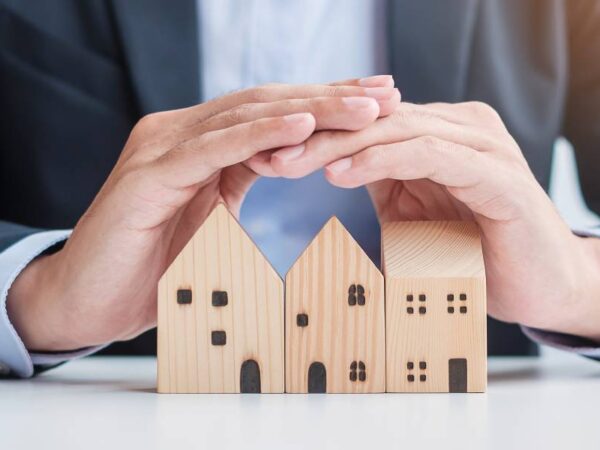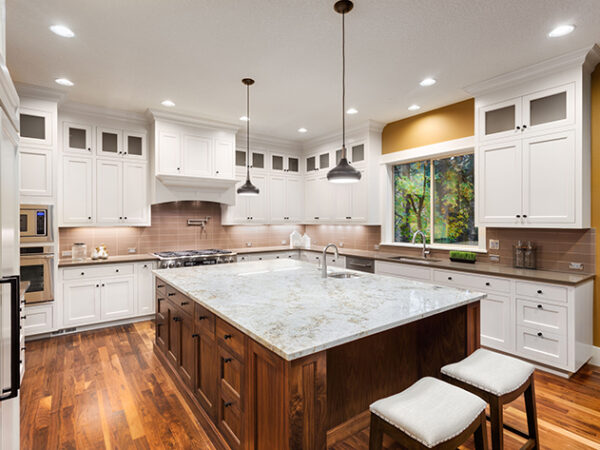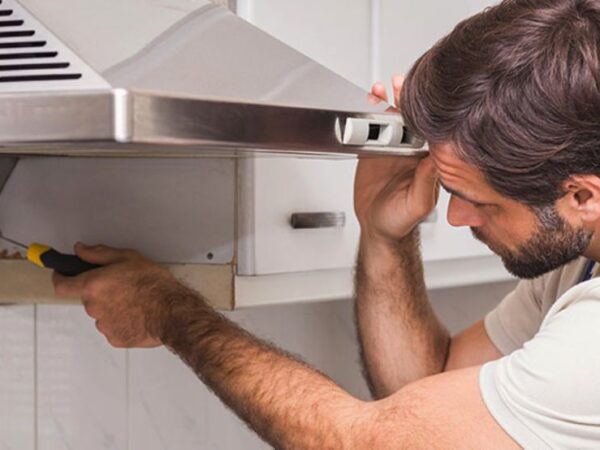Artificial grass is a viable option for many homeowners and businesses. Here are some of the common characteristics that make artificial grass a worthwhile investment:
- Artificial grass is low maintenance. It doesn’t require watering, mowing, or fertilizing, which saves time and money.
- Artificial grass is durable. It can withstand heavy traffic and harsh weather conditions.
- Artificial grass is safe. It doesn’t have any sharp edges or artificial chemicals that can harm humans or animals.
- Artificial grass is eco-friendly. It doesn’t require the use of pesticides or herbicides, and it doesn’t release carbon emissions.
- Artificial grass is realistic. Newer artificial grass products look and feel very similar to natural grass.
Overall, artificial grass is a great option for those who are looking for a low-maintenance, durable, safe, eco-friendly, and realistic alternative to natural grass.
Can we install artificial grass indoors?
Yes, artificial grass can be installed indoors. However, it is important to ensure that the area is well-ventilated and that there is enough drainage to prevent water buildup.
FAQs about an artificial grass
How much artificial grass do I need?
The amount of artificial grass you need will depend on the size of the area you’re covering. For smaller areas, you can purchase artificial grass by square foot. For larger areas, it’s best to calculate the square footage and purchase artificial grass by the roll.
How is artificial grass installed?
Artificial grass can be installed on top of existing grass, soil, or concrete. The first step is to clear the area of any debris. Next, a weed barrier fabric is laid down to prevent weeds from growing through the artificial grass. After that, the artificial grass is cut to size and glued or sewn into place. Finally, the artificial grass is filled with sand and/or rubber to help it stand up and look realistic.
How do I care for artificial grass?
Artificial grass is low-maintenance, but there are a few things you can do to keep it looking its best. First, brush the grass regularly to get rid of any dirt or debris. Second, hose down the artificial grass to remove any dirt or stains. Third, if you live in an area with heavy snowfall, make sure to shovel the artificial grass so that it doesn’t get damaged. Finally, if you notice any areas of artificial grass that are starting to look worn, you can replace those sections with new artificial grass.
What are the benefits of artificial grass?
Artificial grass has many benefits, including being low-maintenance, durable, safe, eco-friendly, and realistic. Artificial grass is an excellent option for those looking for an alternative to natural grass.
How long does artificial grass last?
Artificial grass can last for many years with proper care and maintenance. However, the lifespan of artificial grass will depend on the quality of the product and the amount of traffic it receives. Higher-quality artificial grass products can last up to 20 years, while lower-quality artificial grass products may only last 5-10 years.





